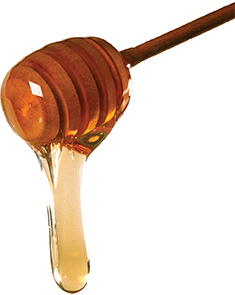2.2 Physical Properties
Reading Focus
Key Concepts
 What are some examples of physical properties?
What are some examples of physical properties? How can knowing the physical properties of matter be useful?
How can knowing the physical properties of matter be useful? What processes are used to separate mixtures?
What processes are used to separate mixtures?
Vocabulary
physical property
viscosity
conductivity
malleability
melting point
boiling point
filtration
distillation
physical change
Reading Strategy
Building Vocabulary Copy the table. As yo read, write a definition for each property.
Physical Property |
Definition |
|---|---|
Viscosity |
a. |
Malleability |
b. |
Melting point |
c. |
If there are pitchers of ice water and lemonade on a picnic table, how do you know which liquid is in each pitcher? It's easy! The lemonade is yellow. Lemonade also has a tart taste that is hard to miss. A yellow color and a tart taste are two properties of lemonade.
Examples of Physical Properties
A physical property is any characteristic of a material that can be observed or measured without changing the composition of the substances in the material.  Viscosity, conductivity, malleability, hardness, melting point, boiling point, and density are examples of physical properties.
Viscosity, conductivity, malleability, hardness, melting point, boiling point, and density are examples of physical properties.
Viscosity
Suppose you knock over an open bottle of vinegar and an open jar of honey at exactly the same time. In the time it takes for the vinegar bottle to empty, the honey will scarcely start to flow. The tendency of a liquid to keep from flowing—its resistance to flowing— is called its viscosity. The greater the viscosity, the slower the liquid moves. Thick liquids, such as corn syrup and the honey in Figure 9, have a high viscosity. Thin liquids, such as vinegar, have a low viscosity.
The viscosity of a liquid usually decreases when it is heated. For example, a spoonful of cooking oil will spread more quickly across the bottom of a heated frying pan than across the bottom of a cold pan.
Why is the viscosity of a liquid important? Consider the motor oil used to keep the parts of an automobile engine from wearing away as they move past one another. The motor oil must not be too thick in cold weather or too thin in hot weather.
Figure 9 The object in the photograph is called a honey dipper. Honey is an example of a liquid with a high viscosity.






